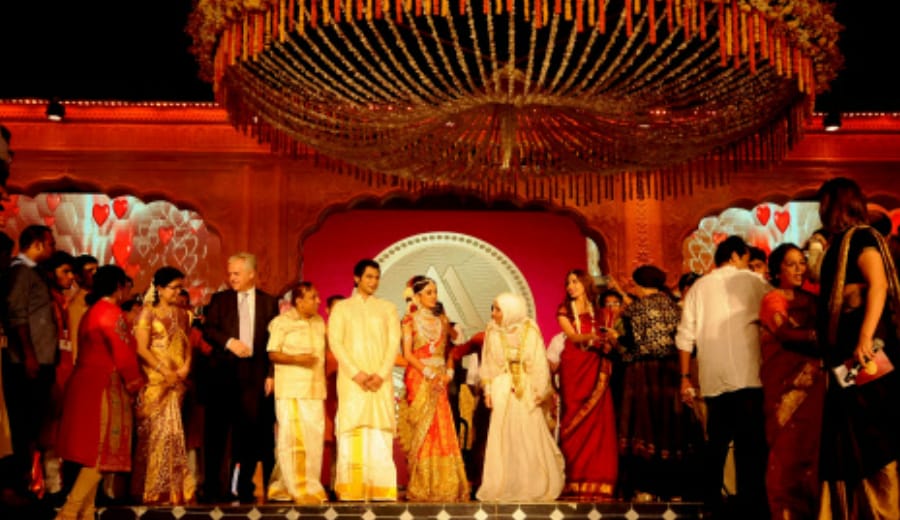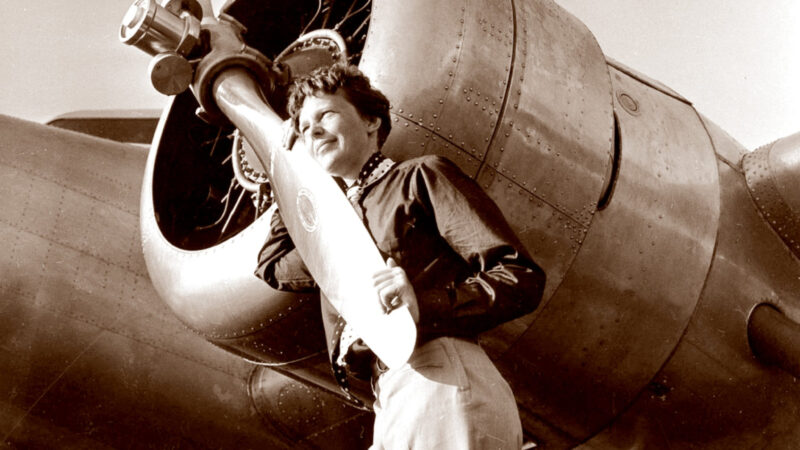Weddings And The Indian Dream: Is Bigger Always Better?

If foreigners get exposed to Indian weddings at all, it’s probably through Bollywood cinema. Luckily, in this case, Bollywood reflects many of the realities of Indian wedding culture—a culture that celebrates weddings with extreme zeal and extreme costs.
In fact, watching Bride and Prejudice does not adequately prepare you for the amount of money that goes into the 10 million weddings that happen annually. The Indian wedding industry is worth over 40 billion dollars and is growing annually at a rate that makes it a growing competitor to the 50 billion American market. The average middle-class wedding can easily cost around USD 25,000. Furthermore, over 2,000 high-end wedding happen yearly, these can cost upwards of 2 million dollars, with dozens of weddings costing more than USD10 million. The Cost of Wedding Annually:
Every year, families spend disproportionate amounts of money on their child’s wedding; arguably they spend far more than they should. In fact, Indian families spend up to 1/5 of their lifetime savings on weddings. The reason for this massive expenditure is multi-layered. On one level, it has cultural roots in the maharajas of the past, then a marriage meant uniting kingdoms warranting large celebrations and feasts. Today, a wedding means uniting families. Indian parents to this day have above average involvement in their children’s love-lives, and community and family remain central to weddings. Another great motivator for Spend-thrift weddings is the element of competition. Families, communities and friend groups constantly try to out-do each other for the best, most opulent affair. Indian abroad are also keen to carry on this culture of big weddings. According to TheKnot.com, Indian-Americans weddings cost more than twice the amount of the average American wedding, and have over 3 times the number of guests. The overindulgence Indian wedding raises many questions in country that is so poor. The growing middle class and booming upper-classes are spending millions on a one-time event, while 231 million rural people live in abject poverty. This is not to say that the unification of family and community via marriage isn’t worth celebrating (though that point is arguable), the question is one of scale. Indian weddings are getting bigger, and growing wealth and upward mobility means that more and more people want to show off their wealth. Weddings are a great place to do this with little scrutiny (especially when spending ill-gotten gains). This means weddings are likely to only get bigger, and they were generous affairs to begin with. Thus, the wedding industry in India is a perfect microcosm to display the realities of India’s economic growth. India’s growing problem with income inequality becomes blatantly obvious in and industry where the host grand events for their children’s wedding while the poor starve. At the same time, the zeal and passion people have for upward mobility is also clear. Weddings have become central to the “Indian Dream”, the hope that with hard work your children can do better than you. Weddings are a chance for parents to do better for their children. Thus, also the poor are spending disproportionate amounts of their very little income on an event that can hold just as much meaning on small scales. So perhaps the best way to learn about India—its culture, economy and people— is to go to a 4-day Wedding in a thousand dollar sari you will never where again, watch a groom ride in on an elephant and have mehendi tattoos drawn on your hands, and watch as they celebrate old traditions, in a modern-scale where bigger is always better.
————–
About the Author: This article is contributed by Uchechi Odikanwa, our intern.






